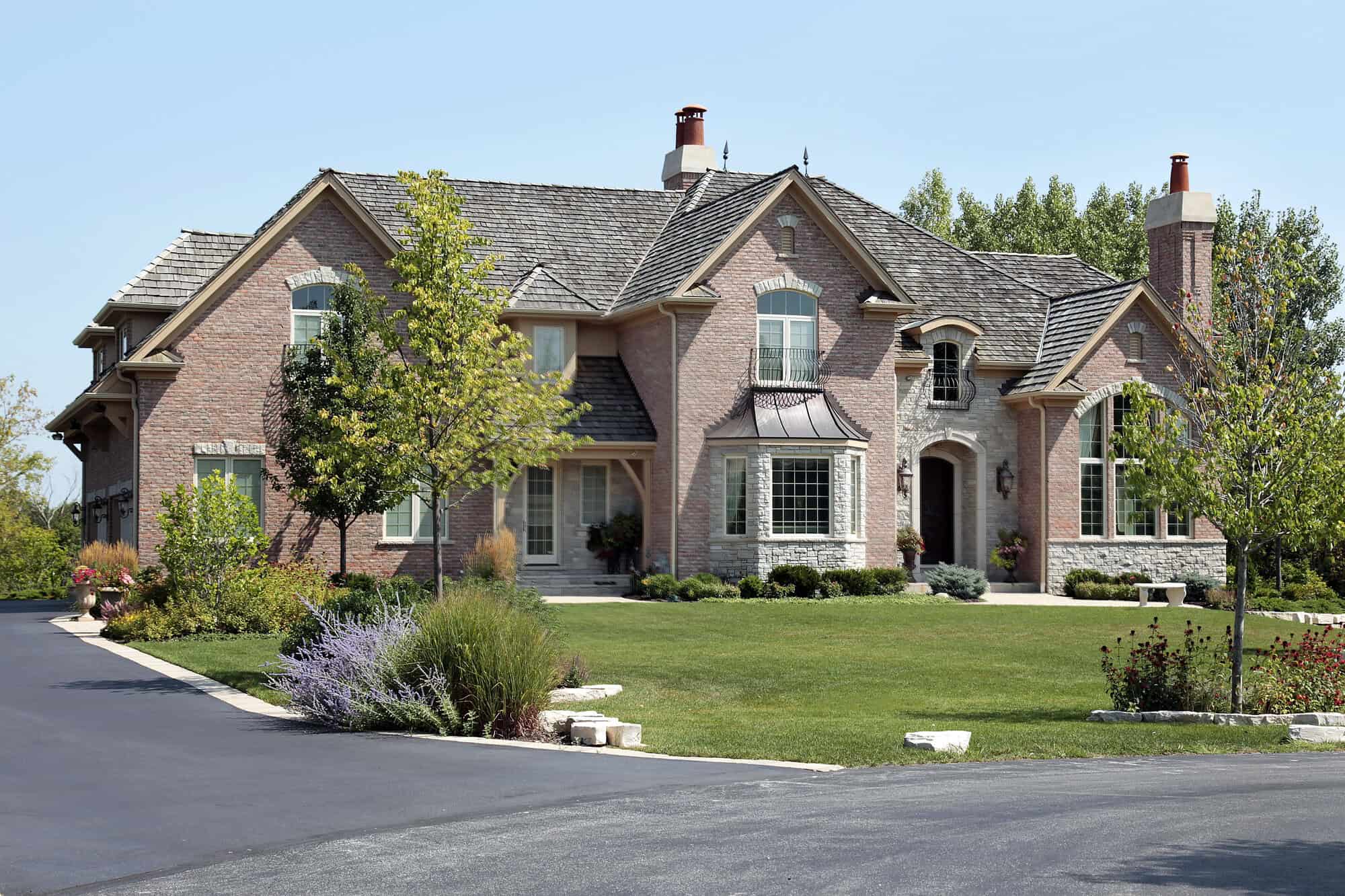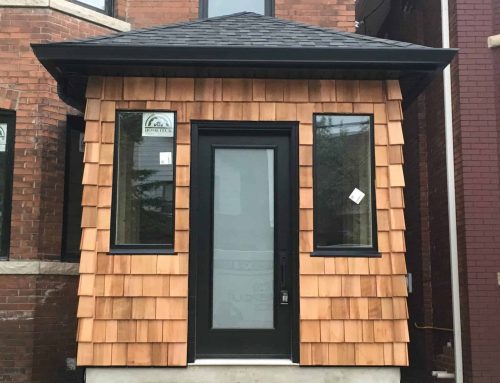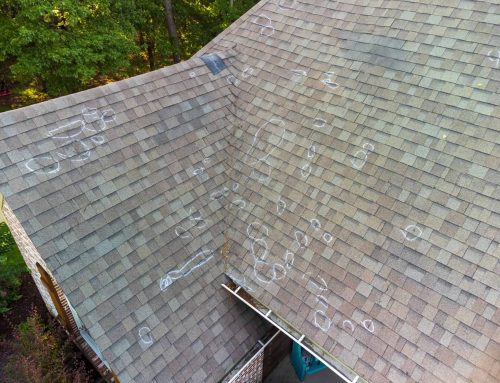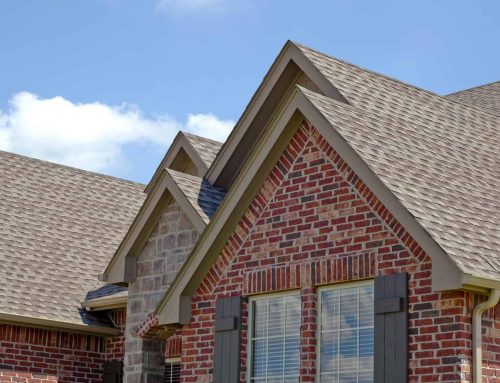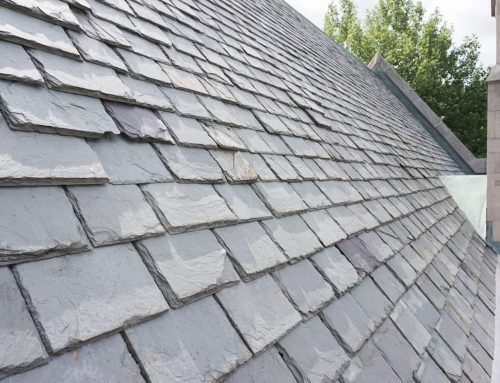Your roof is one of your home’s most critical defenses against the elements, and when damage occurs, the cost of repair or replacement can be substantial. For many Canadian homeowners, understanding what your insurance policy covers—and what it doesn’t—can mean the difference between a manageable expense and a financial burden. While most homeowners assume their policy will automatically cover any roof damage, the reality is far more nuanced, with coverage often depending on the cause of damage, the age of your roof, and how well you’ve maintained it over the years.
Understanding Insurance Coverage for Roof Replacement in Canada
For homeowners in the Greater Toronto Area, navigating insurance claims for roof damage can feel overwhelming. Toronto’s unique climate—with its heavy snowfall in winter, ice damming, severe summer storms, and occasional high winds—creates specific challenges for residential roofing. Understanding when your insurance company will step in to help with a roof replacement versus when you’ll need to cover costs out of pocket is essential for financial planning and peace of mind.
Most Canadian home insurance policies operate on the principle of covering “sudden and accidental” damage rather than gradual deterioration or lack of maintenance. This distinction becomes the foundation for whether your roof replacement claim will be approved or denied. Let’s explore the specific situations where insurance coverage applies and where it doesn’t.
When Insurance Typically Covers Roof Replacement
Storm Damage and Severe Weather Events
Insurance companies generally cover roof damage caused by sudden, unpredictable weather events. In Toronto and the GTA, this most commonly includes:
Wind Damage: High winds during severe storms can lift or tear off shingles, damage flashing, or even cause structural damage to the roof deck. If a windstorm causes significant damage that compromises your roof’s integrity, your insurance policy will typically cover the repairs or replacement. Toronto experiences occasional severe wind events, particularly during summer thunderstorms and transitional seasons, making this a relevant coverage scenario for local homeowners.
Hail Damage: While less common in Toronto than in some other Canadian regions, hail can cause substantial damage to roofing materials. Large hailstones can crack, dent, or puncture shingles, leading to leaks and the need for replacement. When hail damage is documented and clearly linked to a specific weather event, insurance companies usually cover the necessary repairs.
Falling Objects: When trees, branches, or debris fall onto your roof during a storm, causing damage, this is typically covered by your home insurance policy. Given Toronto’s mature urban forest and the number of large trees in residential neighborhoods throughout the GTA, this type of damage is not uncommon during severe weather events or ice storms.
Fire and Smoke Damage
Fire damage to your roof is almost universally covered by Canadian home insurance policies. Whether the fire originates in your home or spreads from a neighboring property, the resulting roof damage typically qualifies for full coverage, including replacement costs if necessary.
Vandalism and Malicious Acts
If your roof is intentionally damaged by vandalism or malicious mischief, your insurance policy should cover the repairs. While this is less common than weather-related damage, it does occur, particularly in urban areas like Toronto.
Ice Damming and Weight of Snow or Ice
This is particularly relevant for Toronto homeowners. When ice dams form along the eaves of your roof—often due to inadequate attic insulation or ventilation—they can cause water to back up under shingles and leak into your home. If this results in roof damage, most insurance policies will cover the repairs. Similarly, if the weight of accumulated snow or ice causes structural damage to your roof, this is typically covered as sudden and accidental damage.
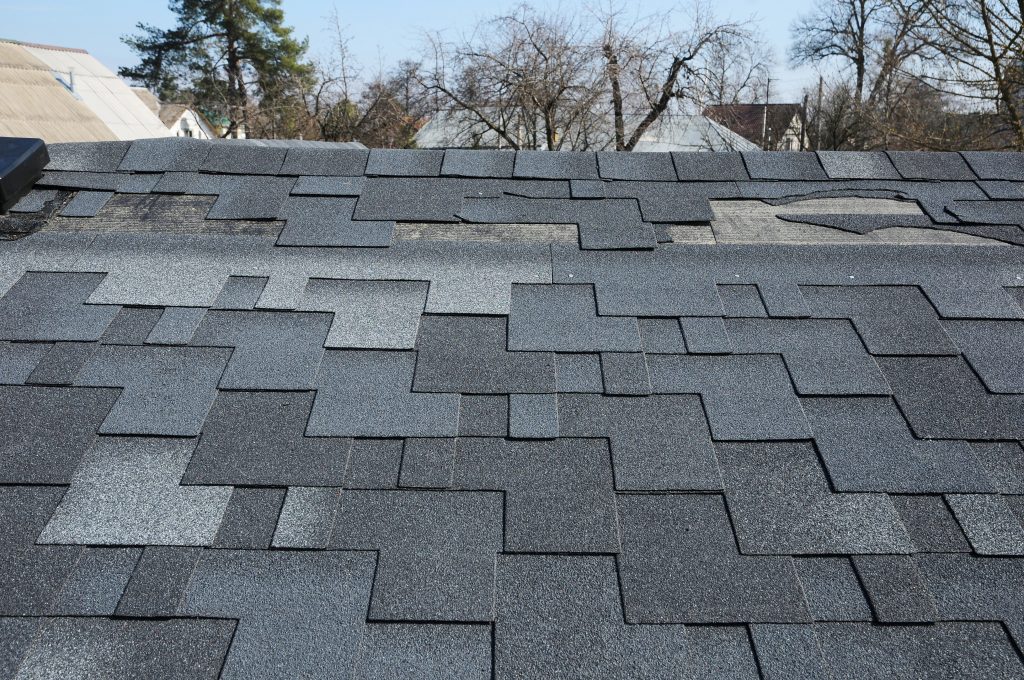
When Insurance Won’t Cover Roof Replacement
Age and Normal Wear and Tear
This is the most common reason for denied roof replacement claims. Insurance policies are designed to cover unexpected damage, not the natural aging process of your home’s components. Most roofing materials have a predictable lifespan:
- Asphalt shingles: 15-30 years, depending on quality
- Metal roofing: 40-70 years
- Cedar shakes: 20-40 years
If your roof is nearing the end of its expected lifespan and shows signs of normal deterioration—such as curling shingles, granule loss, or general weathering—insurance companies will not cover replacement. They consider this a maintenance issue that homeowners should anticipate and budget for accordingly.
Poor Maintenance and Neglect
Insurance companies expect homeowners to perform reasonable maintenance on their properties. If roof damage results from neglect or failure to address known issues, your claim will likely be denied. Examples of maintenance-related denials include:
- Failure to replace damaged or missing shingles promptly
- Allowing moss or algae growth that degrades roofing materials
- Ignoring small leaks that worsen over time
- Not clearing debris from gutters and downspouts, leading to water damage
- Failing to address ventilation issues that cause premature roof deterioration
In Toronto’s climate, regular roof inspections and maintenance are particularly important. The freeze-thaw cycles, heavy snow loads, and occasional severe weather mean that small issues can quickly escalate if left unaddressed.
Improper Installation or Workmanship Issues
If your roof fails due to improper installation or poor workmanship by a roofing contractor, your home insurance policy won’t cover the replacement. Instead, this falls under the contractor’s warranty or liability. This is why choosing a reputable roofing contractor in Toronto with proper licensing, insurance, and a track record of quality work is essential.
Cosmetic Damage
Insurance policies typically don’t cover purely cosmetic issues that don’t affect the roof’s functionality. If your shingles are slightly discolored or show minor weathering but still provide adequate protection, don’t expect coverage for replacement solely based on appearance.
Toronto-Specific Considerations for Roof Insurance Claims
Climate Factors in the GTA
Toronto’s climate presents unique challenges that affect both roof longevity and insurance considerations:
Freeze-Thaw Cycles: The GTA experiences significant temperature fluctuations, especially during spring and fall. These cycles can cause roofing materials to expand and contract repeatedly, potentially leading to cracking and damage over time. While gradual damage from this process isn’t covered, sudden failure resulting from these conditions may be.
Heavy Snow Loads: Toronto winters can bring substantial snowfall. Building codes in Ontario require roofs to withstand specific snow loads, but exceptional storms that exceed these standards can cause covered damage. The winter of 2022, for example, saw record snowfall in parts of the GTA, leading to numerous roof-related insurance claims.
Ice Storms: Toronto occasionally experiences severe ice storms that can damage roofs through the weight of ice accumulation or falling ice-laden branches. The 2013 ice storm that affected much of southern Ontario resulted in thousands of insurance claims for roof damage across the GTA.
Summer Storms: Severe thunderstorms with high winds, heavy rain, and occasionally hail can cause sudden roof damage that qualifies for insurance coverage.
Local Building Code Requirements
When filing an insurance claim for roof replacement in Toronto, be aware that any replacement work must meet current Ontario Building Code standards. This can sometimes work in your favor—if your older roof doesn’t meet current code and needs replacement due to covered damage, the insurance company may need to cover the cost of bringing it up to code, not just replacing what was there before.
Tips for Working with Your Insurance Company
Before Damage Occurs: Documentation and Preparation
Maintain Records: Keep detailed records of all roof maintenance, repairs, and inspections. Take photos of your roof’s condition periodically. This documentation can be invaluable if you need to prove that damage was sudden rather than gradual.
Understand Your Policy: Review your insurance policy carefully to understand what’s covered. Pay attention to:
- Your deductible amount
- Whether you have actual cash value or replacement cost coverage
- Any specific exclusions related to roofing
- Required maintenance obligations
Schedule Regular Inspections: Having a professional roofing contractor inspect your roof annually (especially after severe weather) creates a documented history of your roof’s condition. In Toronto’s climate, fall inspections after summer storms and spring inspections after winter weather are particularly valuable.
After Damage Occurs: The Claims Process
Act Quickly: Report damage to your insurance company as soon as possible. Most policies require prompt notification of damage. Take immediate steps to prevent further damage, such as covering holes with tarps—these protective measures are typically reimbursable.
Document Everything: Before making any repairs, thoroughly photograph and video all damage from multiple angles. Capture wide shots showing the extent of damage and close-ups showing specific issues. If possible, document the weather event that caused the damage with photos, videos, or news reports.
Get Professional Assessments: Have a qualified roofing contractor in Toronto provide a detailed written estimate of the damage and necessary repairs. Many homeowners benefit from having their own professional assessment in addition to the insurance company’s adjuster evaluation.
Be Present for the Inspection: When the insurance adjuster visits your property, be present if possible. Walk through the damage with them, point out all issues, and ask questions about their assessment. Having your roofing contractor present during this inspection can also be beneficial, as they can provide technical expertise and ensure nothing is overlooked.
Navigating Disputes and Denials
Understand Depreciation: If you have an “actual cash value” policy rather than “replacement cost,” your payout will be reduced by depreciation. This can significantly impact older roofs. Consider whether upgrading to replacement cost coverage makes sense for your situation.
Request Detailed Explanations: If your claim is denied or the settlement seems insufficient, request a detailed written explanation of the decision. Review your policy carefully and consider whether the denial is justified.
Get Second Opinions: If you disagree with the adjuster’s assessment, you have the right to hire an independent adjuster or public adjuster to evaluate the damage. In cases of significant disputes, this can be worth the additional cost.
Know Your Rights: In Ontario, you have the right to appeal insurance company decisions. The Financial Services Regulatory Authority of Ontario (FSRA) oversees insurance companies and can provide guidance if you believe your claim has been unfairly denied.
Consider Mediation: Many insurance policies include provisions for mediation or arbitration if disputes arise. This can be a faster and less expensive option than legal action.
Making the Decision: Repair vs. Replacement
When working with your insurance company, you may face decisions about whether to repair damaged sections of your roof or replace it entirely. Several factors influence this decision:
Extent of Damage: If damage is localized to one area, repairs may be sufficient. However, if damage is widespread, replacement might be more cost-effective and provide better long-term value.
Age of Existing Roof: If your roof is already nearing the end of its lifespan, it may make sense to push for full replacement rather than repair, especially if the insurance company is willing to cover a significant portion of the cost.
Matching Materials: For partial repairs, matching the existing roofing materials can sometimes be difficult, especially if your roof is older. Discontinued shingle lines or weathering differences can create appearance issues that affect your home’s curb appeal and resale value.
Future Coverage Implications: Be aware that some insurance companies may be reluctant to provide coverage for future claims on a roof that has been extensively repaired rather than replaced. Document all discussions about this issue in writing.
Protecting Your Investment: Prevention and Maintenance
While this guide focuses on insurance coverage, the best approach to roof protection combines adequate insurance with proactive maintenance. For Toronto homeowners, this means:
- Scheduling professional inspections at least annually
- Clearing gutters and downspouts regularly to prevent water backup
- Removing debris, leaves, and branches from the roof surface
- Addressing minor repairs promptly before they become major issues
- Ensuring adequate attic ventilation and insulation to prevent ice damming
- Trimming overhanging tree branches that could fall during storms
- Checking for and addressing signs of wear after severe weather events
Regular maintenance not only extends your roof’s lifespan but also strengthens your position when filing insurance claims by demonstrating that you’ve fulfilled your responsibility as a homeowner.
Taking the Next Step
Understanding when insurance covers roof replacement helps you make informed decisions about your home’s protection. Whether you’re dealing with sudden storm damage, planning for eventual replacement, or simply want to understand your coverage better, knowing the distinction between covered and non-covered situations puts you in control.
If you’re a homeowner in Toronto or the GTA and have questions about your roof’s condition or need a professional assessment for insurance purposes, consulting with an experienced local roofing contractor can provide valuable insights. Regular inspections and documentation create a clear record of your roof’s condition, which proves essential when working with insurance companies.
Don’t wait until damage occurs to understand your coverage. Review your insurance policy, schedule a professional roof inspection, and ensure you’re prepared for whatever weather Toronto’s climate brings your way. Your roof is too important to leave to chance, and being informed about insurance coverage is a crucial part of responsible homeownership.

